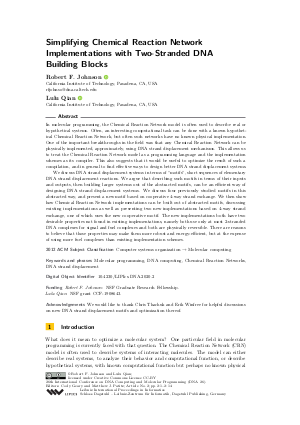LIPIcs.DNA.2020.2.pdf
- Filesize: 0.55 MB
- 14 pages

 Creative Commons Attribution 3.0 Unported license
Creative Commons Attribution 3.0 Unported license













































Feedback for Dagstuhl Publishing